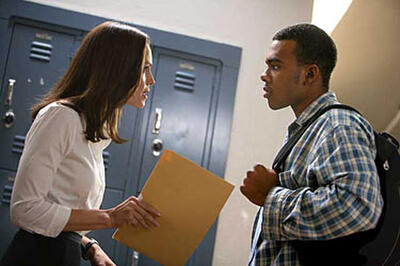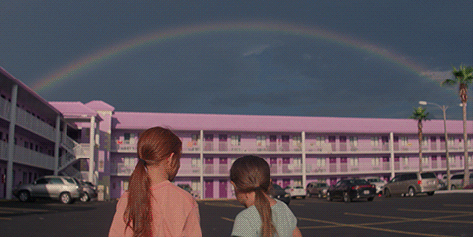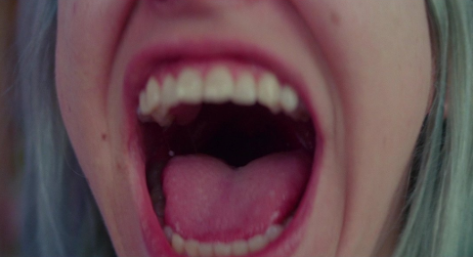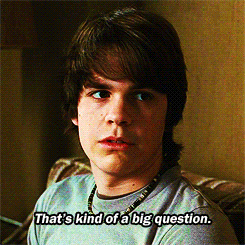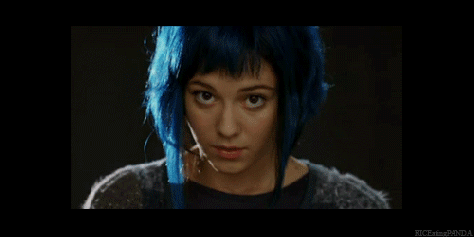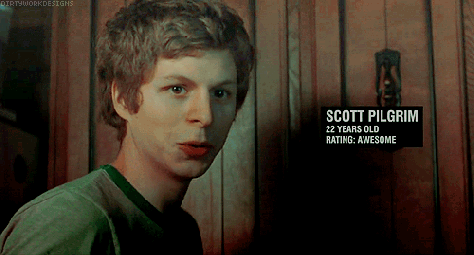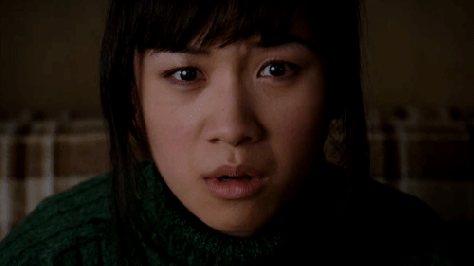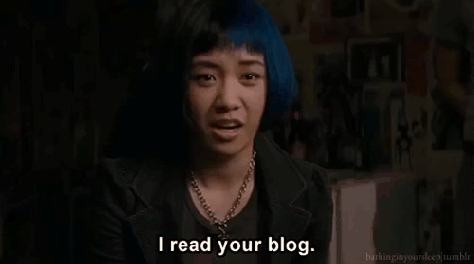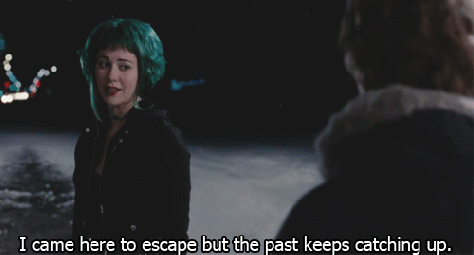
As a kid I was obsessed with the Pirates of the Caribbean movies. Jack Sparrow’s antics kept me glued to the TV to the point where my brother would come into the living room and yell at me to turn it off claiming I had just watched this same movie last weekend. Knowing this was one hundred percent true, I adamantly denied it and clung to the argument that anything was better than Simpsons reruns. And so, I happily continued to watch Captain Jack save the day while guzzling rum and sailing the open ocean.
A few years later, Curse of the Black Pearl showed up on Netflix and, feeling nostalgic, I decided to relive my childhood. As I started to watch, something was not the same, something was bothering me. Then I realized… Elizabeth Swan was bugging the shit out of me. Without even realizing it, I was employing the oppositional gaze into my own critical analysis of her helpless character which is primarily portrayed as the damsel in distress and love interest.
The opening scenes of the movie portrays Elizabeth as an intelligent, well respected woman of her time. But, this is short lived. Within minutes, Elizabeth is shoved into a corset and toted off to her husband to be’s coronation ceremony. There, not being able to breath due to the torture device she is wearing, she passes out and falls off a cliff into the ocean where she is quickly rescued by none other than Captain Jack Sparrow. What follows is an uncomfortable scene where Jack holds Elizabeth hostage and forces her at gunpoint, to re-buckle his belt and even put his hat back on for him. Historically, pirates are crude, rowdy criminals who steal things and are mean to girls. This is understood and these attributes cannot be left out of a movie about them. Except maybe the last one. Especially when that particular film is deemed fit for thirteen year olds. This is where Greg M. Smith’s “It’s Just A Movie” essay becomes important. Smith states, “Examining a film can give us clues about the meanings and assumptions shared by the members of a culture (pg 132).” Young girls watch this movie and assume they should wait for a man to save them.
This scene effectively plops Elizabeth into the well known role of damsel in distress. But it does not end here. In the next scene, pirates invaded the town and she is captured. William Turner, her longtime admirer, sets out to rescue her. Damsel in distress and now the object of Will’s affection. I wish I could say there is more to Elizabeth’s story but unfortunately there is not. Throughout the rest of the film, Elizabeth is harassed while aboard the ship by the pirates who abducted her. At one point, she is coerced into a risque red dress under the threat that if she did not wear it she could attend dinner naked (again..thirteen year olds?! come on). This scene brings to mind Mulvey’s argument of woman as a sexualized image whose primary function is to be the object of the man’s look. Meanwhile, Will and Jack have all the fun sailing across the sea on a heroic quest to rescue her.
As I rewatched my favorite childhood film I kept hoping Elizabeth’s character would redeem herself in some way. The directors do throw her a couple bones. When she is first being attacked by the pirates she tries defending herself by attempting to arm herself with a sword that is hung on the wall. Additionally, she almost succeeds in outsmarting her captors by invoking the right of parley. They are shocked and somewhat impressed by her knowledge of pirate code. Another thing Elizabeth has going for her is her link to the pirate world. Years ago, she stole a cursed medallion from Will when they rescued him from a shipwreck. Ever since, Elizabeth was fascinated by pirates and oddly in tune with their activities. Furthermore, on the pirate ship, she steals a butter knife and stabs Barbosa in the chest. Unfortunately for her, Captain Barbosa and the rest of the crew turn out to be ghost pirates and cannot be killed because they are already dead. Bummer. All of this aside, the truth is, these small acts of defiance and supernatural edge do little to elevate Elizabeth from her main function in the story line as stereotypical damsel in distress love interest.
The dismal depiction of women in Curse of the Black Pearl comes as no surprise after one trip through the animatronic ridden Disneyland attraction. The film was actually based on the ride. Hopefully Disney does not get the same idea with Splash Mountain because personally I find the animatronics in that one to be even more terrifying. Anyway, one disturbing segment of the Pirates ride is the notorious auction scene where numerous women are being sold to pirates as wives. This year, Disney finally addressed this sexist portion of the ride and instead replaced it with a female pirate named Red auctioning off treasure. Took them long enough.
In the movies that follow the Curse of the Black Pearl, Elizabeth’s story does evolve. One particularly redeeming moment is in the third movie, “At World’s End”. She disguises herself as a man and sneaks onto a ship. No longer in need of the dress she was wearing, she plants it where she knows the crew members will find it. Once they do, their first thought-as Elizabeth expected- is that the ship is haunted. Taking advantage of the crews thick headedness and blind superstition, she ties strings to the arms of the dress and makes it into a puppet. One foggy night, she plays puppet master to both the dress and the crew convincing them to change their course bringing Elizabeth closer to her goal of finding Will.
Wherever Elizabeth’s story takes her in the rest of the franchise, the fact remains that in The Curse of the Black Pearl, Elizabeth’s main role is the girl who needs saving.
References:
Elizabeth, Devon. “Disney World Finally Updated a Very Sexist ‘Pirates of the Caribbean’ Ride Scene.” Teen Vogue, TeenVogue.com, 21 Mar. 2018, www.teenvogue.com/story/disney-world-replaces-sexist-pirates-of-the-caribbean-ride-scene.
Greg Smith, Greg M. Smith: It’s Just a Movie, www2.gsu.edu/~jougms/Justamovie.htm.
“LUX Online Template.” Luxonline – Educational Resource about British Film and Video Artists, http://www.luxonline.org.uk/articles/visual_pleasure_and_narrative_cinema(printversion).html.


